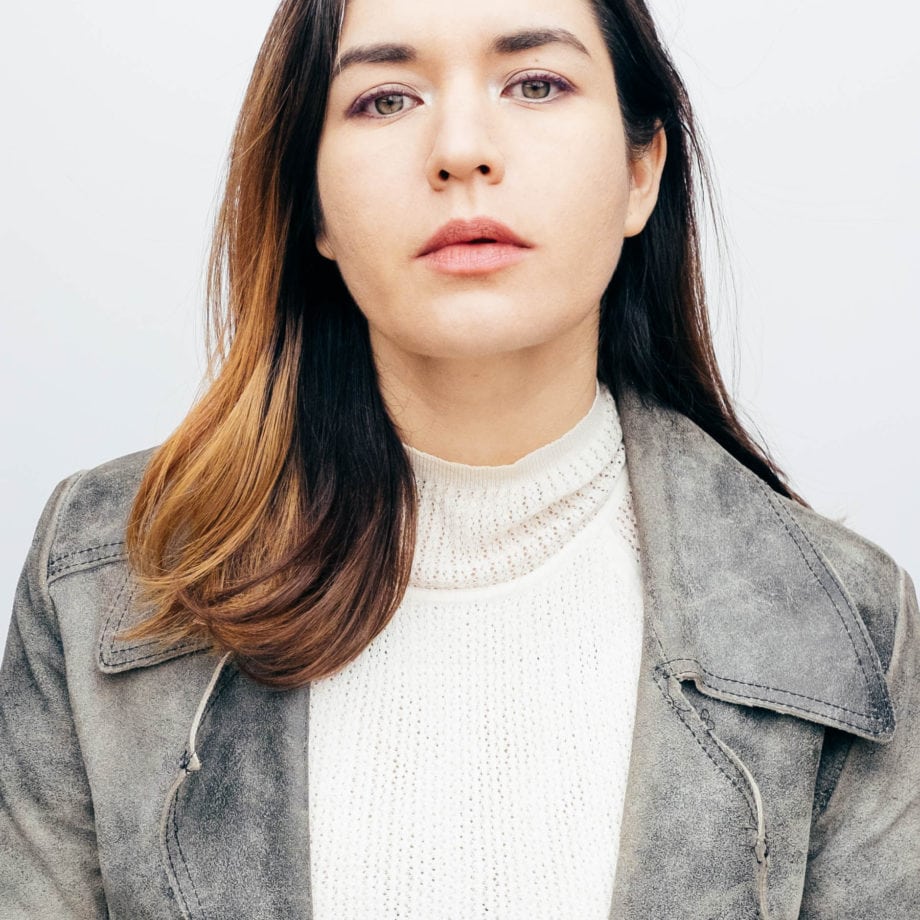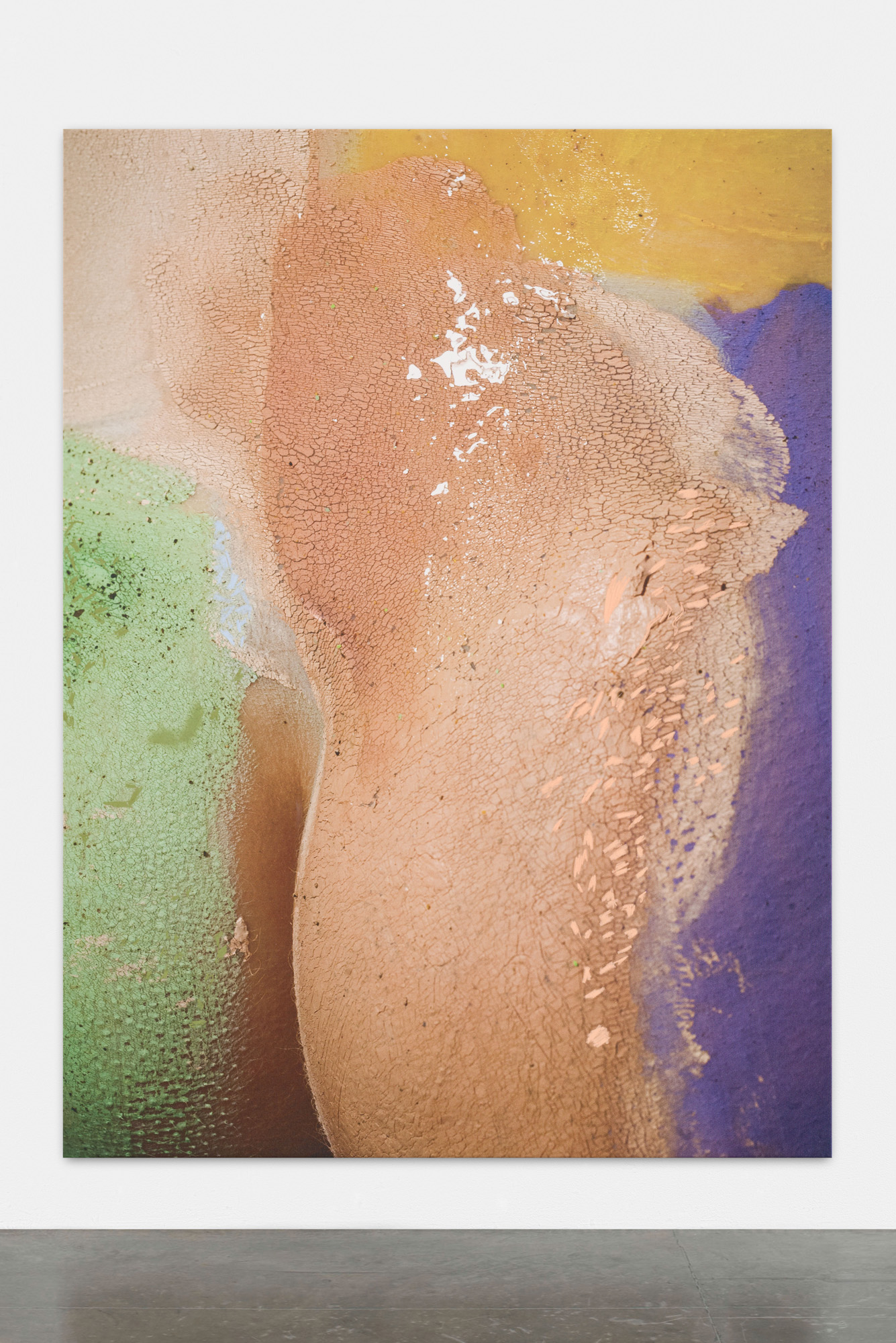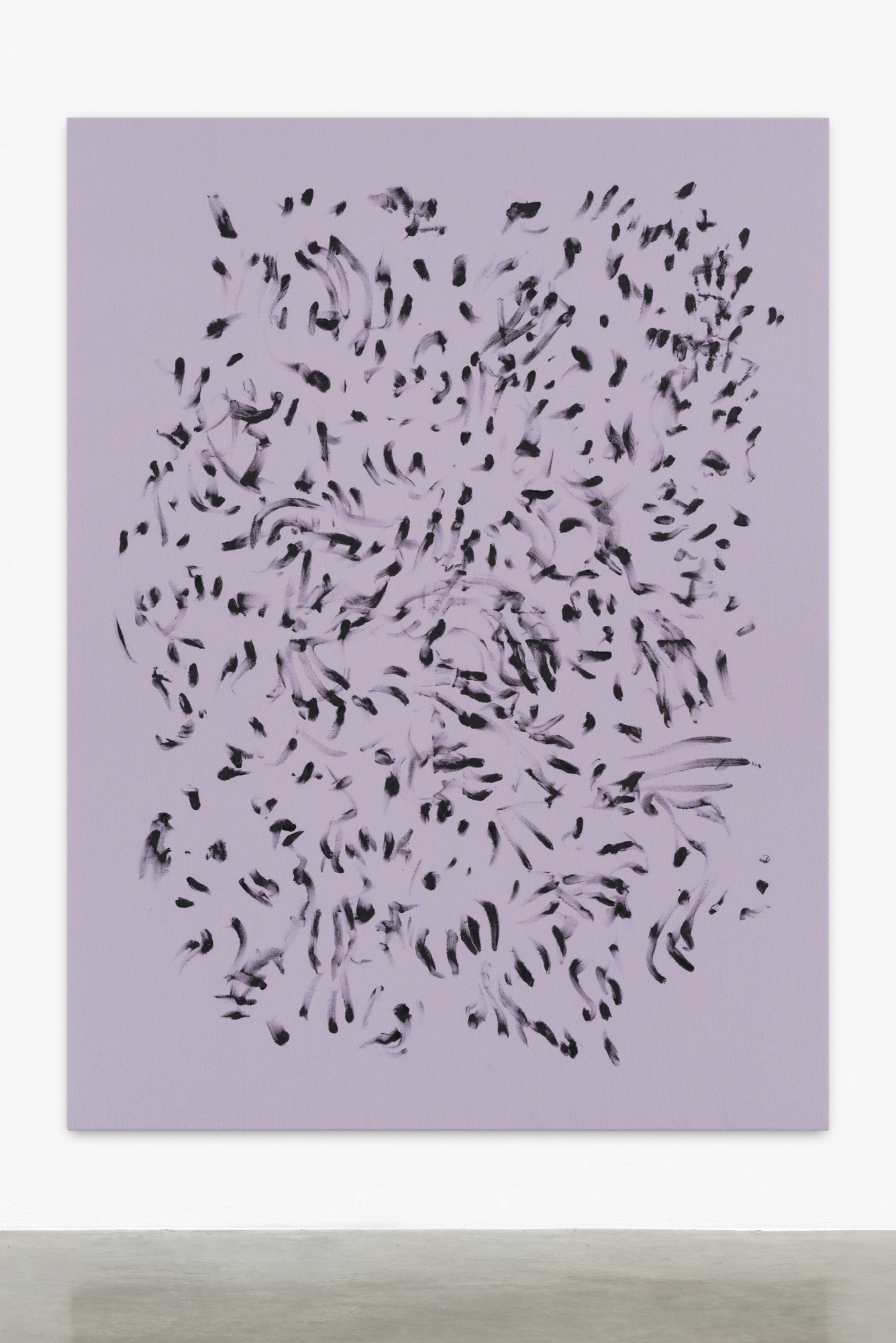
Can you tell me a little about your upcoming Zabludowicz Collection show?
All my works are very sensitive to their environment—perhaps it’s an attempt to take possession of a space—and it is impossible to ignore the context that the works are born in. The Zabludowicz space is unique and quite perfect, because it is both a former Methodist chapel and a former drama school. The sacred geometry lends itself to dissection; the exhibition is an exciting recalibration of this space. For this piece I am creating seven points of entry that will deepen as you infiltrate the space, as in the layers of the skin. There will be several performances throughout the exhibition where the works will evolve over time. I am creating a new sound installation that will act as a guide, including sound sculptures that will respond to the presence of the body.
Do you have quite a specific idea about what you’d like from your models and performers, or are each of them quite self-led?
It’s a combination of both. I set up environments for the models to occupy, introduce them to the space, and encourage their feedback and movement. Although the performances are mildly choreographed, most of the actions are actually chosen by the models. I allow the works to unravel live and respond to the circumstance of the present moment that they are performed in. Essentially, I don’t want to control anything, but of course a blueprint of control is necessary. I now have a core group of models that I have been working with for years, so we have developed a language of trust. The artworks I create are always in service of the models—to shelter or mirror, they are always created in relation to the body.

The nude female figure is an instantly noticeable part of the work, and yet it doesn’t feel like an overtly sexualized display of nudity. When did you begin working with the female body, and what impact do you hope it will have on your audience?
Undeniably, I use the body and skin as a visual language. There is a strategy of resistance against the disappearance of the body that results in intangible fleeting moments. I have always used live models in my work, early on as performers in my sound project, Rua Minx, or recently to enliven or activate my static (dead) artworks. There is nothing more familiar, or abstract, to me than my own body. My works are an attempt to research this flesh casing while challenging its triggering effect on others, both politically and emotionally. The feminine form has been fetishized since the beginning of time; first worshipped, now brutalized. My work is an attempt at reclaiming the power of the female form by allowing the audience to witness a visceral experience.
You work with a very pleasing palette. Can you tell me a bit about the influence of colour on your practice?
I am greatly influenced by nature and its palette. The DNA of the earth, gems, minerals, meteorites, desert landscapes and hallucinatory states have all taught me about colour and its effects on mood.
“My works are an attempt to research this flesh casing while challenging its triggering effect on others, both politically and emotionally”

Who, or what, have been the key influences as you’ve developed your practice?
I am naturally attracted to artists who display a defiant attitude. In all these artists’ work nature plays a strong role, as does a form of resistance tinged with a brutal urgency that is based on the reflection of their lived experience. Teresa Margolles, who focuses on the disappearance of women and violence in her country, Mexico, continues to be greatly influential. Her works are silently aggressive and highlight the lure of a minimal aesthetic object, but they’re also tinged with an inescapable morbidity. Ana Mendieta (of course). Valie Export. Leonora Carrington’s paintings have sung me to sleep. I am very grateful for the metal floors and powerful bass speakers that make my organs move. I am a failed musician—drummer—so early on I devoured music. I moved to Houston from Chicago and quickly found Pauline Oliveros, who is one of the first female composers of electronic music who taught us to how to listen and to respect silence. Queens like Poly Styrene from X-Ray Spex, Lady Saw and Ari Up. DJ Screw. Currently I am very excited by Elysia Crampton as well as the work of young artist and trans activist Ser Serpas, whom I had the pleasure of collaborating with earlier this year.
This feature originally appeared in Issue 28
BUY NOW




